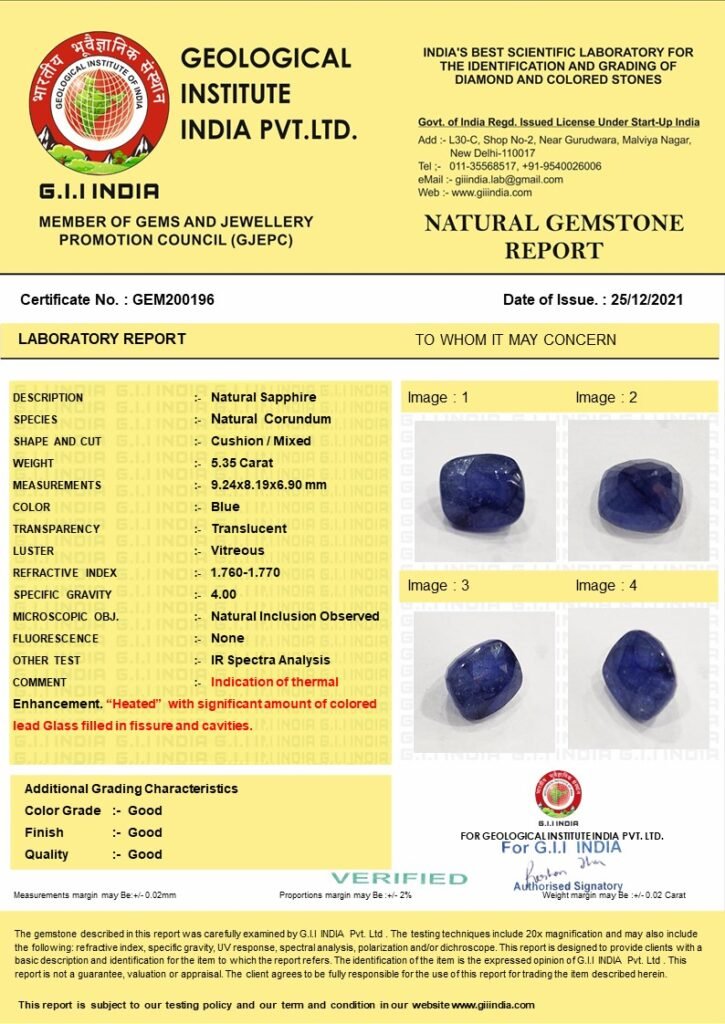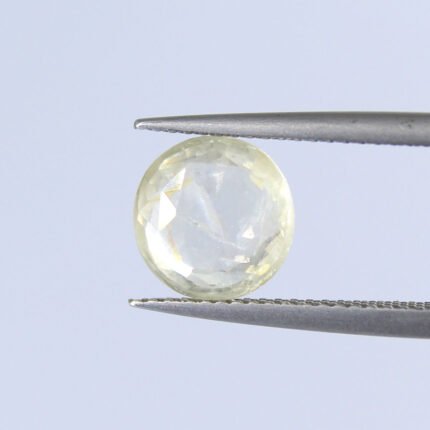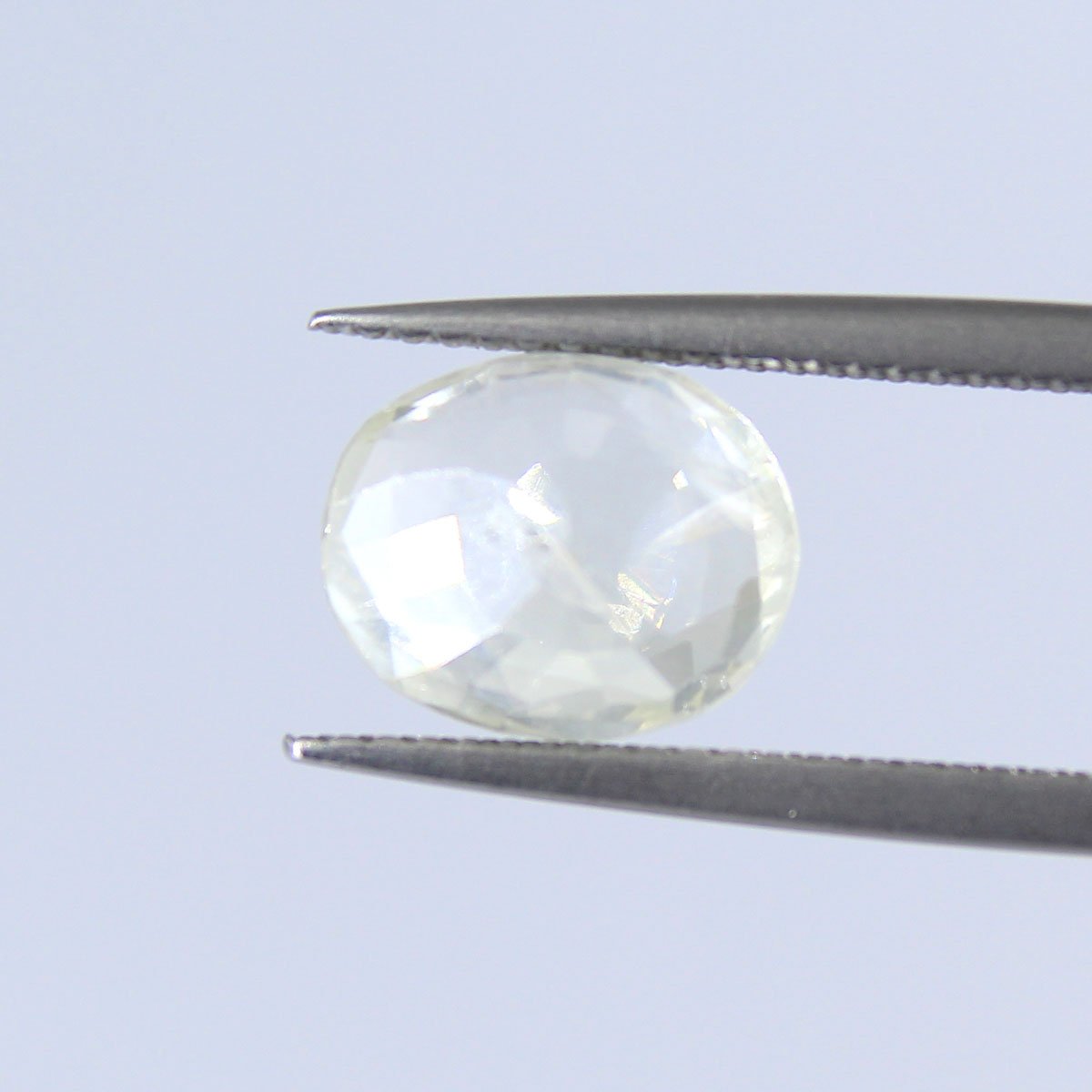Sale!
Natural Unheated 5.35 carat 5.65 Ratti Blue sapphire Certified
Original price was: ₹26,050.00.₹16,050.00Current price is: ₹16,050.00.
1 in stock
Description
The 5.35 carat 5.65 Ratti Blue Sapphire is a rare gemstone that has been valued at $1 million USD. The uniqueness of this stone lies in its size, color and clarity. It’s a natural unheated sapphire which means there are no treatments or enhancements done to it during its formation process. This makes it extremely rare for any sapphire to reach such a high level of quality as this one does!
The Ceylon Blue Sapphire is a natural gemstone that has been admired by people all over the world. It’s believed that this stone can bring good luck, prosperity and health to those who wear it.
In fact, this belief dates back to ancient times when kings used to give these precious gems as gifts during their coronations or wedding ceremonies. Today we know them as “Ceylon Sapphires” because they were originally found in Sri Lanka (formerly known as Ceylon).
The Beauty of the Ceylon Blue Sapphire
The Ceylon Blue Sapphire is a beautiful gemstone with a high refractive index and strong dispersion. This means that it has an intense color, which makes it stand out from other blue gems. The unique coloration of this sapphire makes it very popular among collectors and jewelry makers alike.
The Ceylon Blue Sapphire is closely related to other popular gemstones such as the Kashmiri sapphire and the Montana sapphire, but there are some differences between them as well:
- The Kashmiri sapphire has been heated to improve its color saturation; therefore, it can be less valuable than an unheated one
- The Montana sapphires come in different shades ranging from light blue to dark violet
The Value of the Ceylon Blue Sapphire
The value of a Ceylon Blue Sapphire is influenced by several factors. The most important of these is its rarity, but there are other factors as well. For instance, you may be able to find a similar stone in another country that’s cheaper than one from Sri Lanka (Sri Lanka is where most blue sapphires come from). If this happens to be true for your particular gemstone, then it will have less value than if it were found only on the island nation and nowhere else in the world.
Additional information
| Certificate Type | G.I.I. India |
|---|---|
| Stone Type | Blue Sapphire |
| Stone Shape | Cushion |
| Stone Weight | 5Cts to 7Cts |
| Stone Color | Blue |
| Stone Cut | Mixed |
| Transparency | Translucent |
| Origin | Sri Lanka |
You must be logged in to post a review.
FF44 Metropolitan Mall, Saket New Delhi - 110017 , Delhi
sales@ajretail.com, info@ajretail.com
+91 1149068299, +919990614555
Who can wear Blue Sapphire?
You can wear blue sapphire for any purpose according to your astrological sign. Blue sapphire is beneficial for every sign of zodiac but depending on the personal effect, wearing a particular type of blue sapphire is preferred by each person. The real value of this gem lies in its natural color, which is usually dark Blue, Light blue and Greenish blue . As far as your horoscope is concerned, you must know that it looks good on those people who have their sun sign in Gemini, Virgo and Aries.
Procedure To Wear Neelam Stone
Day of Wearing : Saturday
Metal for Wearing : Silver or White Gold
Finger for Wearing : Middle Finger
Mantra For Wearing : Aum Sham Shanaish-charaaye Namah.
Benefits of Blue Sapphire?
Blue sapphire, who is a very helpful stone, is often used in astrological benefit. It helps to increase peace and calmness in a person. Blue sapphire also protects you against evil spirits, and evil people by reducing the negative energy around you. This stone also helps you reduce your stress level and become more focused during stressful situations.
Blue sapphire Origin?
The blue sapphire originates in Sri Lanka and Madagascar, two of the world's largest producers of this beautiful gemstone. Blue sapphires are available in many colors ranging from sky blue to violet-blue to peacock blues. The color they acquire depends upon the presence of trace elements such as iron and titanium.














Reviews
There are no reviews yet.